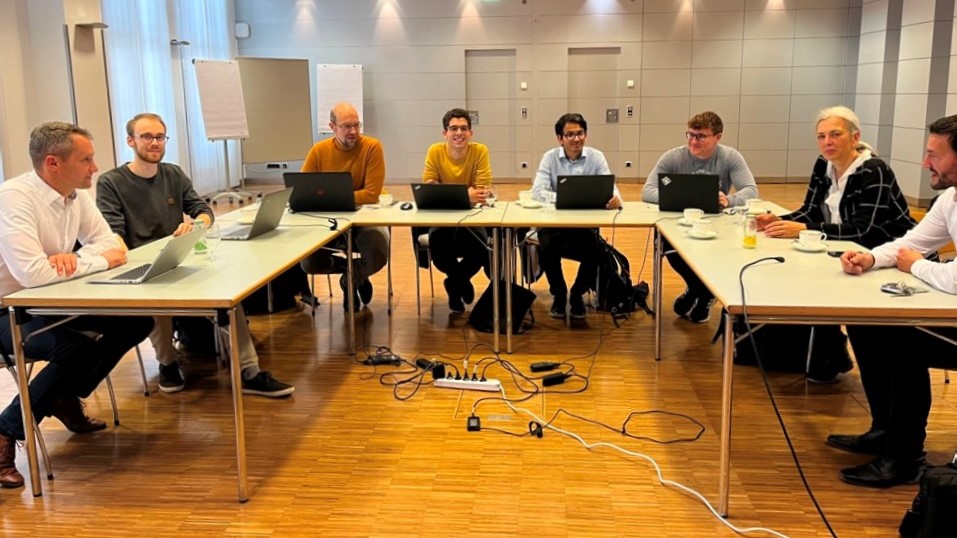Late September and early October, L3S, University Bonn and HASE & IGEL held workshops and interviews with the forensic experts of SCHAEFFLER and RisikoTek to understand how exactely highly experienced professionals identify fraudolent vendors. The goal: to make these “algorithms” explicit and define clear criteria for applying them – such as pattern definitions, thresholds etc. – so that Machine Learning models can be created to automate them and can be trained on actual case data.
The types of illicit activity in focus thus far:
- Conterfeit parts
- Couterfeit packaging
- Used parts sold as new
- Imitations that are extremely close to the original and designed to be confused with it
- Products the OEM does not offer but which are sold by illicit vendors under its brand
- Illegal ex- oder re-imports
- Not openly illegal trade that, however, looks suspiciously like money laundering or cover-up for smuggling
Our objective with ATTENTION! is not just to detect such activities but most of all to identify the perpetrator networks behind them and provide companies as well as authorities with data that helps to shut them down effectively.
Our start has been very promising thus far for we have defined clearly automatable routes for detection and classification. In November, we will convene again to finalize the Requitement Specifications.

